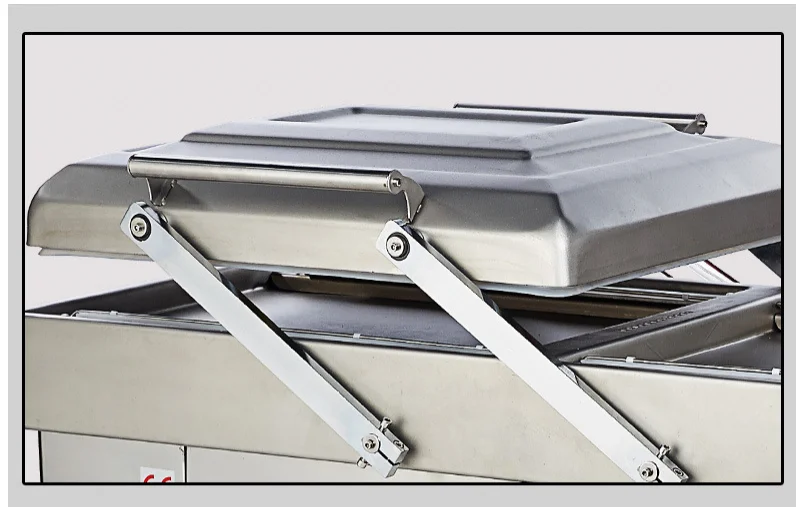scalding tank
Dec . 12, 2024 10:55 Back to list
scalding tank
Understanding Scalding Tanks Their Importance and Applications
A scalding tank is a crucial piece of equipment used in various industries, especially in food processing and poultry processing. Its primary function is to heat water to a specific temperature, allowing for the effective scalding of raw materials, such as poultry, to facilitate plucking and cleaning processes. This article explores the significance of scalding tanks, their operation, and their applications across different sectors.
The Functionality of Scalding Tanks
Scalding tanks typically consist of a large, heated tank filled with water, which is maintained at a precise temperature. The design and construction of these tanks often include insulated walls to maintain temperature efficiency and energy conservation. The water is heated through various methods, including electric heaters, steam coils, or gas burners, to achieve temperatures typically ranging between 55°C to 70°C (130°F to 160°F).
When poultry enters the scalding tank, the hot water loosens the feathers, making it easier to remove them in subsequent processing steps. This steaming or scalding process also serves to clean the skin of the poultry, eliminating contaminants and bacteria, thereby enhancing food safety.
Importance in Food Safety
The use of scalding tanks is vital for ensuring food safety in poultry processing. The high temperatures help to kill bacteria and other pathogens that may be present on the surface of the birds. This initial step is crucial for preventing foodborne illnesses that can arise from improper handling and processing of raw poultry. By incorporating scalding tanks into their operations, processors can significantly reduce contamination risks and ensure that the final products are safe for consumers.
Efficiency and Environmental Considerations
scalding tank

Modern scalding tanks have evolved to be more efficient and environmentally friendly. Manufacturers are now producing tanks that require less water and energy while maintaining effective scalding capabilities. Water recycling systems are increasingly being integrated to minimize waste and conserve resources. Furthermore, newer designs focus on ease of cleaning and maintenance, thereby reducing downtime during production.
Automation has also played a significant role in how scalding tanks operate. Advanced control systems allow for precise temperature regulation, which ensures consistent processing results and optimizes energy usage. As the food processing industry continues to embrace technology, scalding tanks are becoming more sophisticated, facilitating faster processing times and better-quality outcomes.
Applications Beyond Poultry Processing
While scalding tanks are predominantly associated with poultry processing, their applications extend to other areas as well. In the seafood industry, for example, scalding tanks are used to prepare shrimp and lobster by heating them in hot water, facilitating the shelling process and enhancing flavor. Similarly, vegetable processing can utilize scalding tanks to blanch vegetables, which preserves color, texture, and nutrients before freezing or canning.
The textile industry also makes use of scalding tanks in the preparation of fabric. Scalding is employed to remove impurities and oils from the fibers, ensuring that the materials are ready for dyeing and finishing processes.
Conclusion
Scalding tanks play an indispensable role in food processing, particularly in poultry and seafood sectors, by improving food safety and quality while enhancing operational efficiency. As industries strive to meet ever-increasing standards for food safety and environmental sustainability, scalding tanks continue to evolve. The integration of technology, automatic controls, and eco-friendly designs ensures that scalding tanks will remain a fundamental asset in the processing industries. Understanding their functionality and importance highlights their critical position in providing safe, high-quality food products to consumers worldwide. Overall, the future of scalding tanks looks bright, reflecting a commitment to innovation, safety, and sustainability in production processes.
-
Hot Sale 24 & 18 Door Rabbit Cages - Premium Breeding Solutions
NewsJul.25,2025
-
Automatic Feeding Line System Pan Feeder Nipple Drinker - Anping County Yize Metal Products Co., Ltd.
NewsJul.21,2025
-
Automatic Feeding Line System Pan Feeder Nipple Drinker - Anping County Yize Metal Products Co., Ltd.
NewsJul.21,2025
-
Automatic Feeding Line System - Anping Yize | Precision & Nipple
NewsJul.21,2025
-
Automatic Feeding Line System - Anping Yize | Precision & Nipple
NewsJul.21,2025
-
Automatic Feeding Line System-Anping County Yize Metal Products Co., Ltd.|Efficient Feed Distribution&Customized Animal Farming Solutions
NewsJul.21,2025






